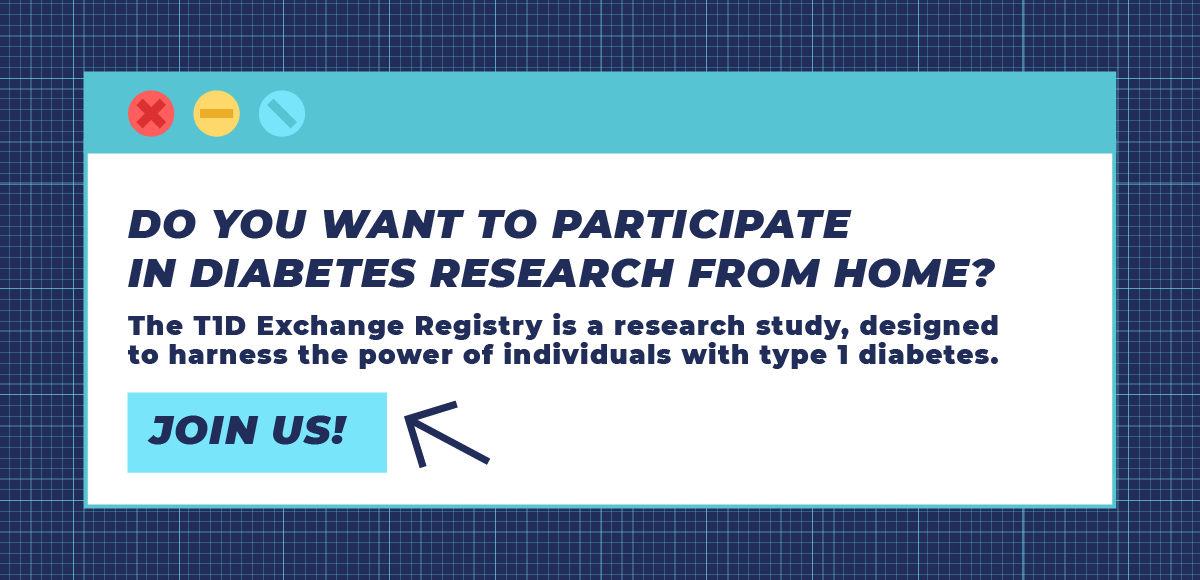
Sign up for a new account.
And get access to
The latest T1D content
Research that matters
Our daily questions
Sign up by entering your info below.
Reset Your Password
Don't worry.
We will email you instructions to reset your
password.
Mann, E, Rompicherla, S, Miyazaki, B, Rioles, N, Hardison, H, Golden, L, Sarhis, J, Akturk, H.A, Lee, J, DeSalvo, D, Gomez, P, Ebekozien, O, Prahalad, P
Early initiation of continuous glucose monitor (CGM) after type 1 diabetes (T1D) diagnosis has been associated with lower hemoglobin A1C (HbA1c) in single-institution studies. This multicenter study evaluated the association between the timing of CGM initiation and HbA1c at 3 years postdiagnosis.
Data were obtained from the T1D Exchange Quality Improvement Collaborative (T1DX-QI) electronic health record database from 25 pediatric centers and included children and adolescents ≤18 years old diagnosed with T1D in 2019 and 2020. CGM initiation and glycemic outcomes were followed for 3 years after diagnosis. Locally estimated scatterplot smoothing plots evaluated the relationship between timing of CGM initiation and HbA1c over time, and logistic regression models were used to adjust for potential confounders.
There were 4,164 people included in this analysis, mean age was 12.6 (SD 3.5) years, and 37% had public health insurance. Of the 93% (n = 3,877) who initiated CGM within 3 years of T1D diagnosis, 21% did so at 0–3 months, 14% at 3–6 months, 14% at 6–12 months, and 51% after 12 months. Median HbA1c at 3 years postdiagnosis was lower for the 0–3 and 3–6 months groups compared with the 6–12 months and non-CGM user groups (7.9%, 7.9%, 8.4%, and 9.5%, respectively). Adjusted odds of HbA1c >9% were lowest for the 0–3 months group followed by the 3–6 months group.
In summary, early initiation of CGM within the first 6 months of diagnosis is associated with improved HbA1c outcomes at 3 years postdiagnosis
Click here to view the article!
If you are a member of the T1DX-QI, you can view the full pdf in the portal.







